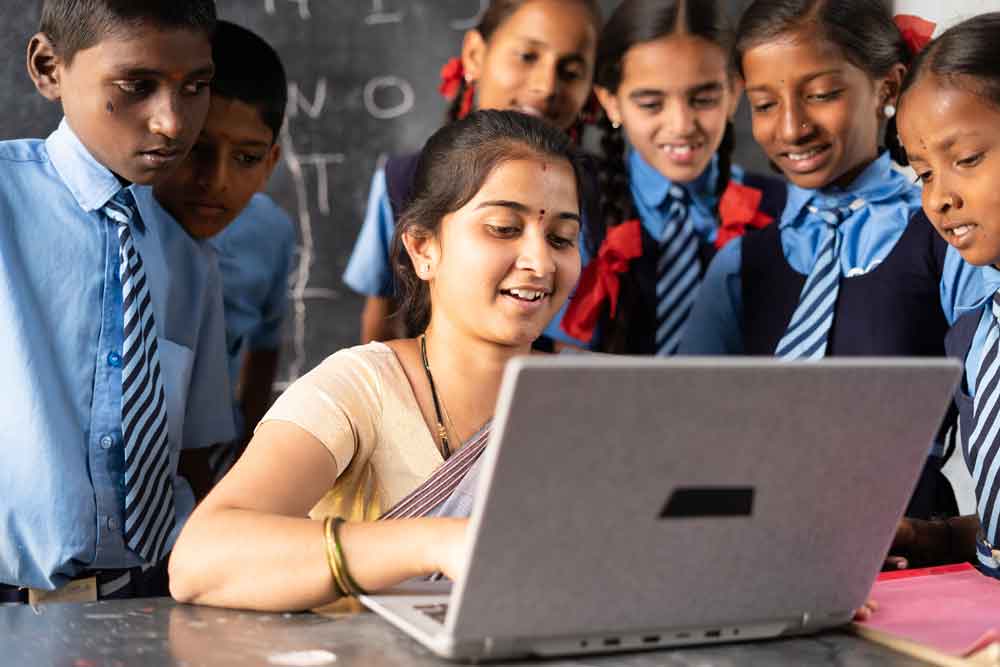Young people today are growing up in a world where social media is the go-to source for news and information. Traditional outlets like newspapers and TV are taking a backseat, with platforms like YouTube (31 per cent), WhatsApp (21 per cent), and TikTok (13 per cent) becoming primary news sources, according to the Digital News Report 2024 by Reuters and Oxford University. In fact, TikTok has now overtaken X (formerly Twitter) as a news platform.

With the rise of short, snappy, visually-driven content on platforms like TikTok and Instagram Reels, the way we consume news has changed completely. Algorithms tailor our feeds, keeping us hooked on bite-sized information that’s easy to digest, but not always accurate or well-explained. Two-thirds of users now get their news through short videos every week, meaning there’s less time for fact-checking and deeper engagement.
At the same time, AI and deepfake technology are making it even harder to separate fact from fiction. Fake images, videos, and even AI-generated voices can easily be mistaken for real news. While digital media offers huge opportunities for learning and creativity, it also comes with serious risks—making media literacy and fact-checking skills more important than ever.

Why Media Literacy Matters
Thanks to social media, anyone can create and share content—which is great for creativity and self-expression, but this also means misinformation spreads faster than ever. Young people are not just passive consumers; they’re also content creators and sharers, which makes it even more important to think critically before posting or believing something online.
To stay safe and well-informed in today’s digital world, young people need to:
· Fact-check before sharing—A quick search can help spot fake news.
· Recognise misinformation—Be aware of clickbait and misleading headlines.
· Check sources—Is the information from a reliable and credible source?
· Protect digital privacy—Be mindful of personal data and online security.

While it’s vital to teach young people how to stay safe online, media literacy isn’t just for Gen Z—it’s something everyone needs to get better at. Parents, teachers, and older adults also interact with digital content daily, and misinformation affects all of us. That’s why media literacy needs to be a team effort, not just an individual responsibility.

As digital technology continues to evolve, so do the challenges of navigating the online world safely. Safer Internet Day 2025 is as a reminder that a safer, smarter, and more responsible digital space starts with each of us. By thinking critically, verifying facts, and promoting digital responsibility, we can build a more informed and trustworthy online world for all.